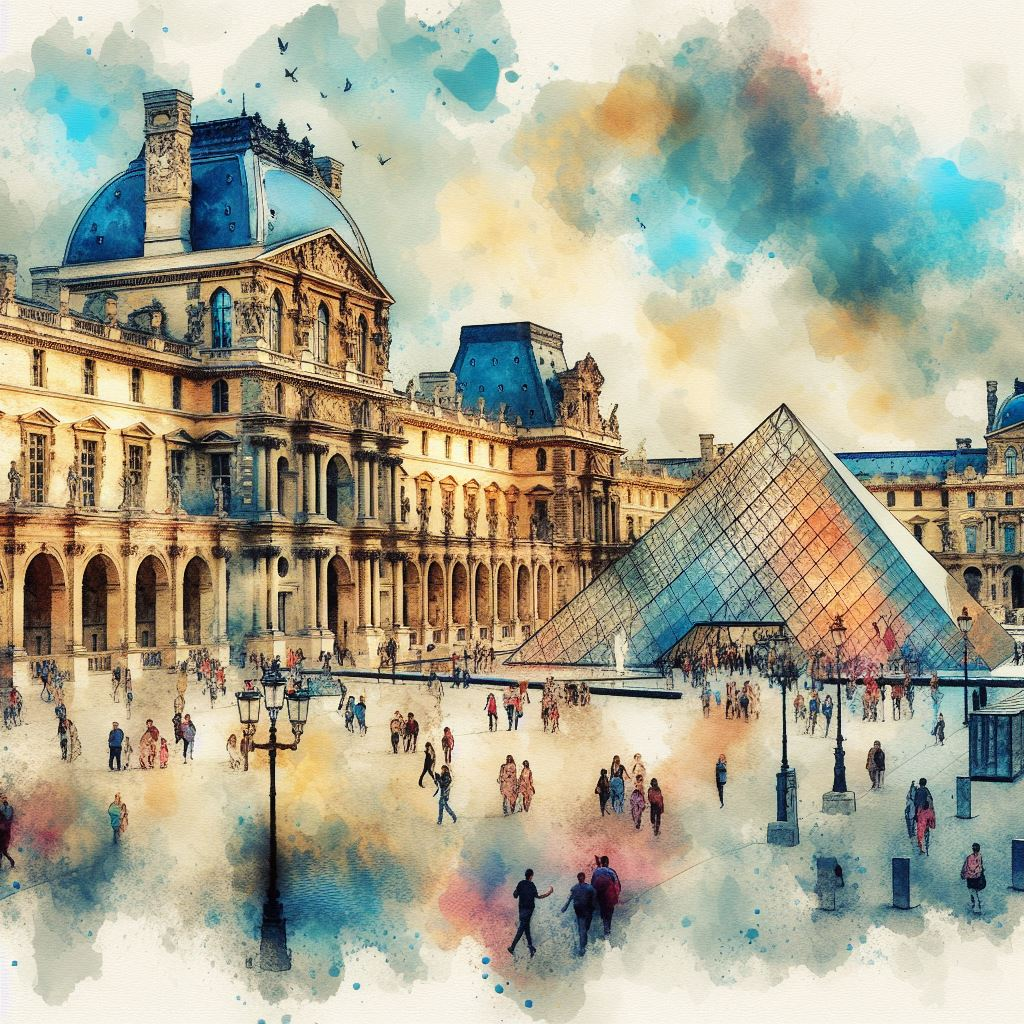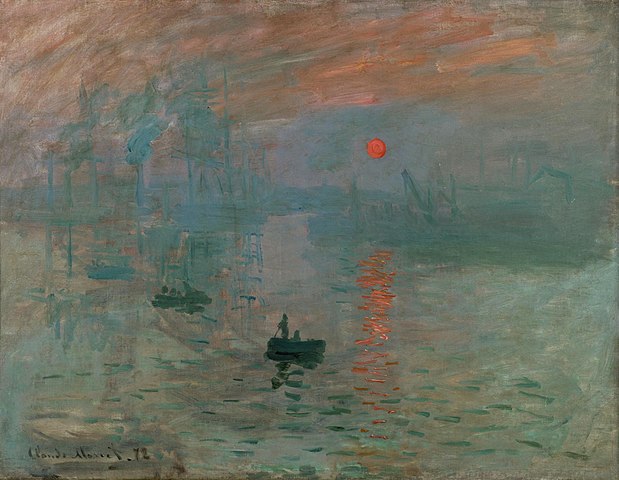| Tip | Description |
|---|---|
| 1. Quiet Your Mind | Silence inner monologue to be fully present |
| 2. Look Closely | Observe details like brushstrokes, colors, textures |
| 3. Consider the Artist’s Perspective | Seek to understand the artist’s inspiration and intent |
| 4. Make Personal Connections | Relate the art to your own experiences and emotions |
| 5. Learn the Backstory | Understand the artwork’s historical and cultural context |
| 6. Appreciate the Technicality | Respect the artist’s mastery of materials and techniques |
| 7. Don’t Judge – Experience | Be open-minded, suspending judgements |
| 8. Take Your Time | Linger and go slowly with the art to gain new insights |
| 9. Discuss and Question | Exchange perspectives through conversation |
| 10. Find What Resonates | Focus on artists/styles that genuinely move you |

Are you someone who loves art but often finds yourself standing in front of a painting or sculpture feeling a bit lost or unsure of how to fully appreciate it? Or maybe you’re newer to the art world and want to cultivate a deeper understanding and enjoyment of different art forms.
Either way, this guide is for you. We’ll explore 10 simple but powerful tips to help you engage with, interpret, and gain more pleasure from experiencing art in all its diverse glory. Let’s dive in!
Appreciate Art: 10 Tips
1. Quiet Your Mind
The first step to truly enjoying art is to silence that constant inner monologue and quiet your mind. Art appreciation requires presence and immersion – it’s difficult to connect with a piece when your thoughts are racing about work, your to-do list, etc.
As the famous artist Marcel Duchamp said:
“I force myself to contradict myself in order to avoid conforming to my own taste.”
Apply that idea to viewing art – try to clear your mind of preconceived notions and let the artwork speak to you in the present moment.
2. Look Closely
Don’t just give an artwork a passing glance. Truly study the details – the brushstrokes, color choices, textures, and composition. The renowned painter Pierre Bonnard wisely stated:
“What interests me most is expressing what’s alive.”
Let yourself be drawn in by the “alive” and vibrant elements that the artist took such care to render.
3. Consider the Artist’s Perspective
Here’s a quick summary table of the tips we covered:
As you engage with a piece, put yourself in the artist’s mindset. What were they feeling as they created this? What was their inspiration, intention, or message? Seeing through the lens of the artist can open up new layers of meaning and appreciation.
4. Make Personal Connections
Equally important is relating the artwork to your own experiences, emotions, and interpretations. What does it make you think of or feel? Don’t be afraid to bring your subjective perspective.
As composer John Cage said:
“Art is the music of the senses.”
John Cage
Engage all your senses fully when experiencing art to uncover deeper personal resonance.
5. Learn the Backstory
One fantastic way to enrich your art appreciation is to learn about the historical, cultural, and biographical context of artworks. A piece can take on new significance when you understand the era it was created in, the artist’s life story, and their artistic motivations.
6. Appreciate the Technicality
You don’t have to be an artist yourself to respect the technical skill and innovation required to create great art. Study an artist’s mastery of their materials, novel techniques, sense of design, etc. The behind-the-scenes creative process is fascinating!
7. Don’t Judge – Experience
Try to suspend your judgments and simply be present with the experience of the art itself. You don’t have to love every artwork, but keep an open mind and allow yourself to fully feel, observe, and connect with each piece.
8. Take Your Time
Art cannot be rushed or gulped down quickly. Allow yourself unhurried time to linger, wander, reflect. Going slowly can reveal new insights you may have otherwise missed.
9. Discuss and Question
Viewing art solo is one experience, but discussing it with others can lead to fresh interpretations and a-ha moments. Don’t be afraid to ask questions and exchange perspectives.
10. Find What Resonates With You
At the end of the day, focus on the artists, styles, mediums, and themes that genuinely speak to you. Enjoying art comes most easily when you connect with it on a deeper level. Find what excites your curiosity or moves your soul.
Video: Appreciate Art Today
So next time you find yourself in an art museum, gallery, or even walking past compelling street art, keep these tips in mind. Art has the power to move us, inspire us, and help us see the world in new ways – if we take the time to engage with it fully.
Appreciate Art at these Galleries

There are so many incredible art museums and galleries around the world that it’s hard to narrow it down. But here are some world-famous institutions that should be on any art lover’s bucket list:
The Louvre (Paris, France)
Home to legendary masterpieces like the Mona Lisa and Venus de Milo, the Louvre’s collection is unparalleled. Its opulent palace setting alone makes a visit here utterly breathtaking.
The Metropolitan Museum of Art (New York City, USA)
Fondly called “The Met,” this massive museum contains over two million works spanning 5,000 years of culture. From ancient Egyptian artefacts to modern American art, it’s an art pilgrimage site.
Musée d’Orsay (Paris, France)
Housed in a former railway station, the d’Orsay is an architectural gem that hosts the world’s finest Impressionist and Post-Impressionist works by artists like Monet, Renoir, Van Gogh, and more.
The British Museum (London, England)
This museum’s antiquities collection is staggering, with objects dating back over two million years from ancient civilizations across the globe.
Uffizi Gallery (Florence, Italy)
One of the oldest and most famous art museums globally, the Uffizi is home to celebrated Renaissance masterpieces like Botticelli’s Birth of Venus.
Rijksmuseum (Amsterdam, Netherlands)
Here you’ll find dazzling works by the Dutch Masters like Rembrandt and Vermeer in an equally exquisite museum building.
The Hermitage (St. Petersburg, Russia)
This lavish imperial palace-turned-museum claims one of the world’s largest and most precious art collections, with over three million items.
National Palace Museum (Taipei, Taiwan)
Housing over 600,000 ancient Chinese artefacts and artworks, this is one of the greatest collections of treasures from ancient China.
Museo Nacional de Antropología (Mexico City, Mexico)
This museum beautifully showcases the archaeology and ethnography of Mexico’s pre-Hispanic cultures through artefacts, art, and reconstructed structures.
National Gallery of Art (Washington D.C., USA)
The collection at America’s free national art museum spans from the Middle Ages through to modern and contemporary works, including masterpieces by da Vinci, van Gogh, Picasso, and more.
Of course, this list could go on and on – these are just some of the heavy-hitters that any art enthusiast must experience at least once. But local and regional art museums and galleries around the world also offer incredible opportunities to discover new artists and perspectives. The key is to keep exploring with an open mind and appetite for learning!
What artwork or exhibit are you eager to view next?


